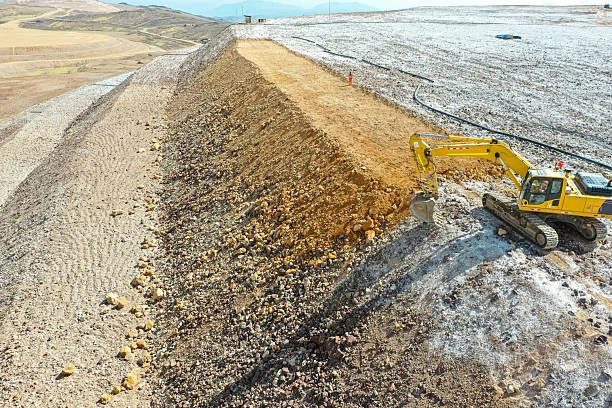
1. Introduction
In the field of gold mining, the exploitation of low-grade and high-clay oxidized gold ores has become increasingly important due to the depletion of high-grade gold resources. These types of ores are characterized by low gold content and high clay mineral content, which pose significant challenges to traditional beneficiation methods. Heap leaching has emerged as a cost-effective and practical approach for treating such ores, enabling the extraction of gold from large volumes of low-grade materials. This article presents a comprehensive study on the heap leaching of low-grade and high-clay oxidized gold ore, aiming to optimize the leaching process and improve gold recovery rates.
2. Characteristics of Low-Grade and High-Clay Oxidized Gold Ore
Low-grade oxidized gold ores typically have a gold grade below 2 g/t, making their economic extraction more difficult. The high clay content in these ores can cause problems such as poor permeability, agglomeration, and high consumption of leaching reagents. Clay minerals, such as kaolinite, montmorillonite, and illite, can adsorb gold ions and interfere with the leaching process. Additionally, the fine particle size of clay minerals can lead to the formation of a dense layer in the ore heap, reducing the contact between the leaching solution and the gold-bearing minerals.
3. Experimental Methodology
3.1 Ore Sampling and Characterization
A representative sample of the low-grade and high-clay oxidized gold ore was collected from a mining site. The ore sample was analyzed for its chemical composition, mineralogy, and physical properties. X-ray fluorescence (XRF) was used to determine the elemental composition, while X-ray diffraction (XRD) was employed to identify the mineral phases. Particle size analysis was conducted using a sieve shaker to understand the size distribution of the ore particles.
3.2 Column Leaching Experiments
Column leaching experiments were carried out to simulate the heap leaching process. The ore sample was crushed and screened to different particle sizes. Columns with a diameter of 10 cm and a height of 100 cm were filled with the ore samples. A series of experiments were designed to investigate the effects of various parameters, including ore particle size, calcium oxide (CaO) dosage, Sodium Cyanide (NaCN) concentration in the leaching solution, and leaching time, on the gold leaching rate.
3.3 Optimization of Process Parameters
The process parameters were optimized through a series of single-factor experiments. The ore particle size was varied from -20 mm to -5 mm, and the CaO dosage was adjusted from 1% to 5% of the ore mass. The NaCN concentration in the leaching solution was changed from 0.05% to 0.2%, and the leaching time was extended from 10 days to 30 days. The gold leaching rate was monitored at regular intervals by analyzing the gold content in the leachate using atomic absorption spectrometry (AAS).
4. Results and Discussion
4.1 Effect of Ore Particle Size
The results showed that reducing the ore particle size significantly improved the gold leaching rate. When the ore particle size was -5 mm, the gold leaching rate reached 85% after 20 days of leaching, while for the -20 mm particle size, the leaching rate was only 60%. The smaller particle size increased the surface area of the ore, facilitating the contact between the leaching solution and the gold-bearing minerals. However, extremely fine particle sizes can also lead to problems such as poor permeability and increased clay mineral interference.
4.2 Influence of CaO Dosage
Adding CaO to the ore heap can improve the permeability of the ore and adjust the pH value of the leaching solution. The optimal CaO dosage was found to be 3% of the ore mass. At this dosage, the gold leaching rate was maximized. A lower CaO dosage resulted in insufficient pH adjustment and poor permeability, while a higher dosage could cause excessive consumption of leaching reagents and potential environmental problems.
4.3 Impact of NaCN Concentration
The NaCN concentration in the leaching solution had a significant impact on the gold leaching rate. As the NaCN concentration increased from 0.05% to 0.15%, the gold leaching rate increased from 70% to 90%. However, further increasing the NaCN concentration to 0.2% did not lead to a significant improvement in the leaching rate and also increased the cost and environmental risks associated with cyanide use.
4.4 Leaching Time
The gold leaching rate increased with the extension of leaching time. After 25 days of leaching, the gold leaching rate reached a plateau, indicating that most of the extractable gold had been dissolved. Prolonging the leaching time beyond this point did not result in a significant increase in the leaching rate but increased the overall cost of the process.
5. Conclusion
This study demonstrated that heap leaching is a viable method for treating low-grade and high-clay oxidized gold ores. By optimizing the process parameters, including ore particle size, CaO dosage, NaCN concentration, and leaching time, a high gold leaching rate of up to 90% could be achieved. The optimal conditions were determined as follows: an ore particle size of -5 mm, a CaO dosage of 3%, a NaCN concentration of 0.15% in the leaching solution, and a leaching time of 25 days. These findings provide valuable insights for the industrial application of heap leaching in the extraction of gold from low-grade and high-clay oxidized gold ores, contributing to the sustainable development of the gold mining industry.
- Random Content
- Hot content
- Hot review content
- Toxicity Assessment of Sodium Cyanide and Relevant Hazard Prevention Measures
- Powdery emulsion explosive
- High-strength Shock tube(VOD≧2000m/s)
- Industrial Acetic Acid 99.5% Colorless Liquid Glacial acetic acid
- Citric acid-Food Grade
- Pharmaceutical Grade Zinc Acetate
- Sodium alpha olefin sulfonate (AOS)
- 1Discounted Sodium Cyanide (CAS: 143-33-9) for Mining - High Quality & Competitive Pricing
- 2Sodium Cyanide 98% CAS 143-33-9 gold dressing agent Essential for Mining and Chemical Industries
- 3Sodium Cyanide 98%+ CAS 143-33-9
- 4Anhydrous Oxalic acid 99.6% Industrial Grade
- 5Oxalic acid for mining 99.6%
- 6Soda Ash Dense / Light 99.2% Sodium Carbonate Washing Soda
- 7Reagent Grade/Industrial Grade Hydrochloric Acid min.31%
- 1Sodium Cyanide 98% CAS 143-33-9 gold dressing agent Essential for Mining and Chemical Industries
- 2High Quality 99% Purity of Cyanuric chloride ISO 9001:2005 REACH Verified Producer
- 3 High-Quality Sodium Cyanide for Leaching
- 4Powdery emulsion explosive
- 5Industry Grade Electron grade 98% Sulfuric Acid H2SO4 Sulphuric Acid Battery Acid Industrial Sulfuric Acid
- 6Colloidal emulsion explosive
- 7sodium hydrosulfide 70% flakes used Mining Industry


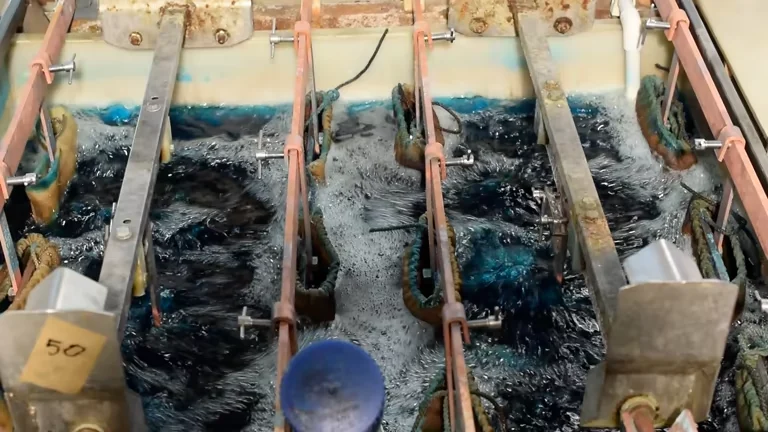
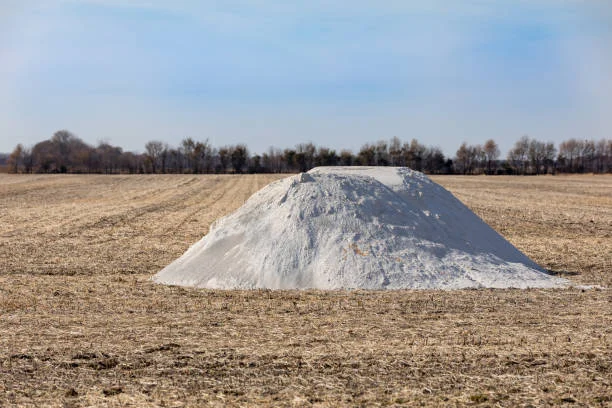
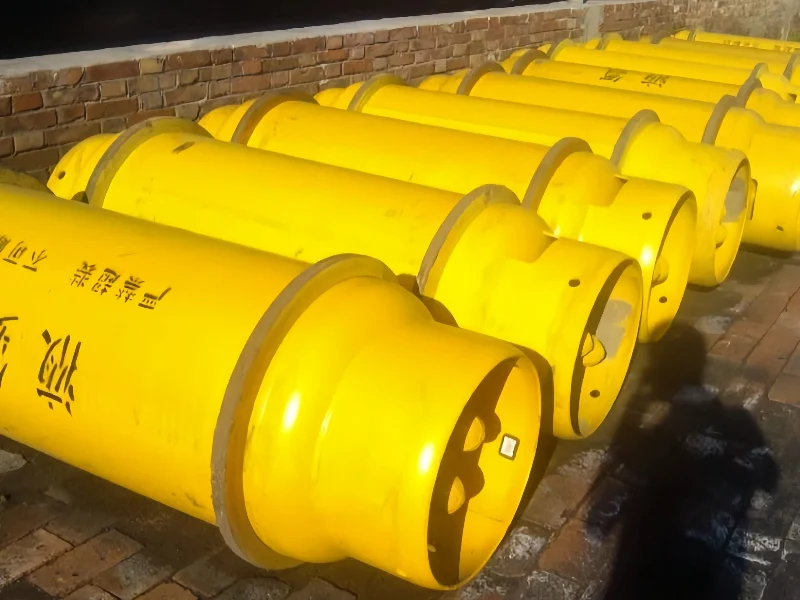
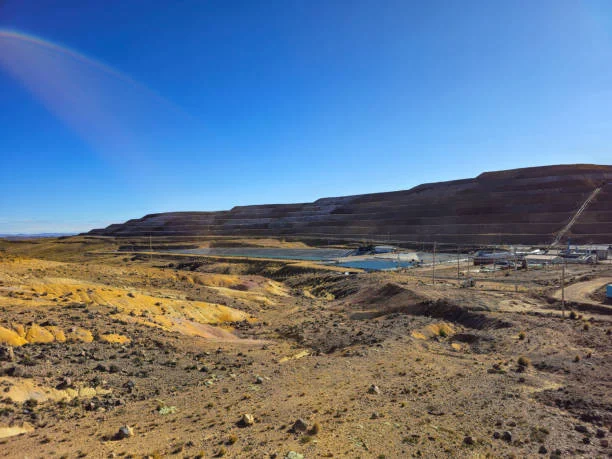
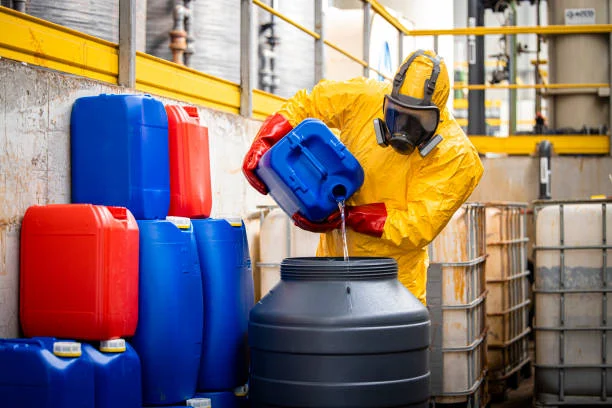

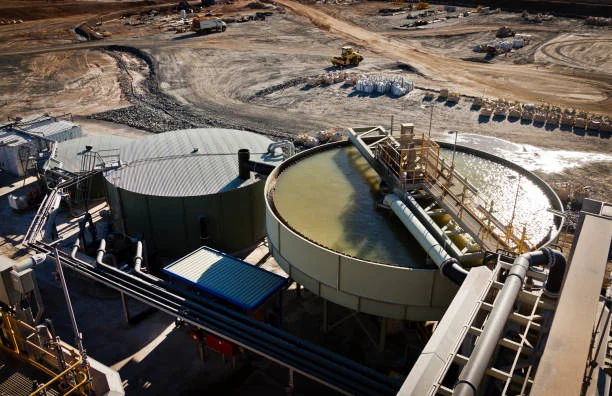


Online message consultation
Add comment: